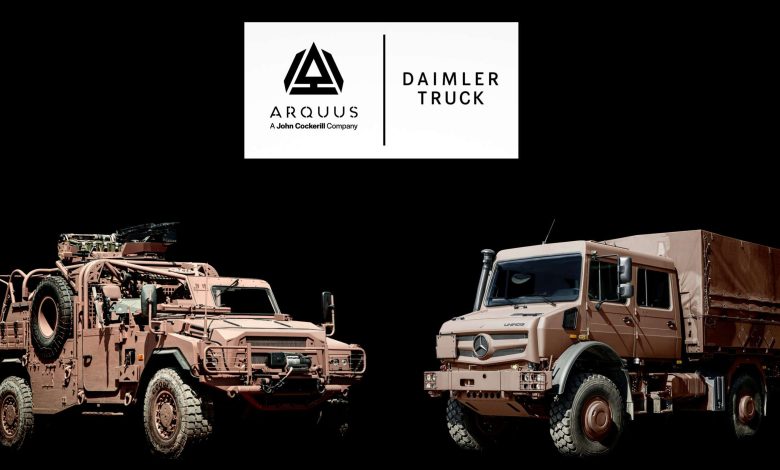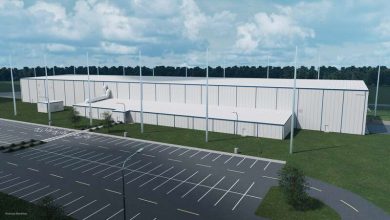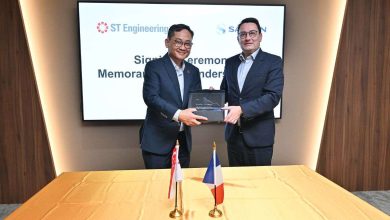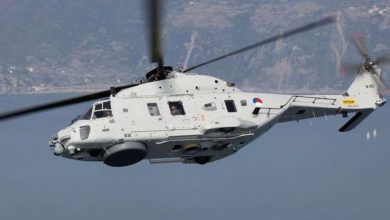
“Power Partnership: Arquus and Daimler Truck Join Forces for a Stronger Defence Horizon”
Versailles (France) / Leinfelden-Echterdingen (Germany) – The French military vehicle manufacturer Arquus and the German commercial vehicle giant Daimler Truck aim to work collaboratively on a project-by-project basis. This partnership promotes strategic alliances that extend beyond the separate business operations of both entities and includes joint advancements in vehicle development, production, marketing, and services in the sector of military wheeled vehicles.
The two organizations plan to devise tailored solutions and approaches to better meet the needs of clients in the defense sector, with a specific focus on supporting the future upgrade of the French Army’s logistics truck fleet. To accomplish this, Arquus and Daimler Truck are combining their expertise and resources across their facilities in both France and Germany.
This partnership will propel us forward together. Both firms possess profound insights into armed forces needs and will capitalize on each other’s vast experience. This collaboration will favorably impact joint vehicle development, enhance production capabilities, and improve service delivery for our customers.
Emmanuel Levacher, CEO Arquus
I am enthusiastic about the partnership with Arquus, a company steeped in expertise and proficiency in the field of military commercial vehicles. What’s well-aligned flourishes here: our companies boast a longstanding manufacturing footprint in France and Germany, our products ensure excellent compatibility, and our visions, strategies, and goals within the defense domain are closely aligned. We are now consolidating our strengths in military commercial vehicles and, through dedicated collaboration, aspire to make a noteworthy contribution to the defense readiness of our two nations.
Daniel Zittel, Head of Defence Sales, Daimler Truck
Manufacturing of Vehicles in France and Germany
Arquus and Daimler Truck boast substantial manufacturing facilities for defense vehicle production within France and Germany. The French military specialist conducts its production entirely within its homeland, with its headquarters located in Versailles. Arquus’ production sites are established in Garchizy and Limoges, located in central France. Daimler Truck assembles its defense vehicles in Wörth am Rhein, adjacent to the French border, as well as at its facility in Molsheim (Alsace, France). The Molsheim plant is integrated within Daimler Truck’s industrial operations in France, which collectively employ over 3,000 individuals. Looking ahead, the Franco-German collaboration is set to bolster operations in the neighboring regions.







